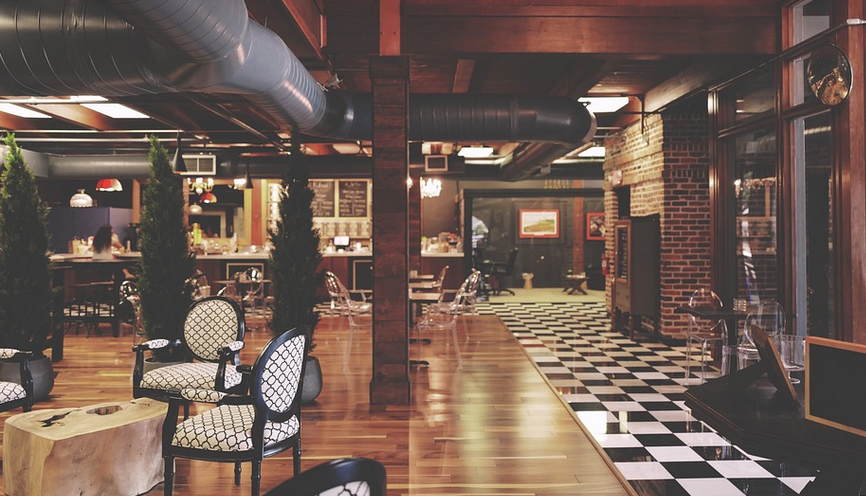A Journey Through “Hotel California” on Your Own Amp
The iconic sound of the Eagles’ “Hotel California” is legendary, instantly recognizable thanks to its soaring harmonies and driving rhythms. But what’s that magic secret behind those unforgettable sounds? The answer lies in a combination of sonic techniques and smart amp settings. And now you can recreate that essence on your own trusty gear!
Whether you’re a seasoned guitarist or a newbie looking to learn the ropes, achieving that perfect “Hotel California” tone is achievable for any solo performer.
Understanding the Music
Before we delve into the amp settings, it’s essential to understand the song’s sonic landscape. “Hotel California” utilizes a variety of textures and sounds: From a driving, energetic base line to soaring, melancholic melodies and intricate guitar interplay.
The guitar serves as a central character in this song. It creates the backbone of the sound, driven by clean tones, with touches of overdrive and distortion when needed. The use of effects like reverb and delay further enhances the atmosphere, creating a sense of spaciousness that perfectly complements the lyrics.
The Amp Settings: A Sonic Alchemy
Now let’s dive into some practical tips for achieving that authentic “Hotel California” sound on your amp. Start by considering the guitar itself. A Les Paul or a Telecaster are fantastic choices, and the clean tone of these guitars is crucial to capturing those early-80s vibes.
Let’s talk about the amplifier. For that classic “Hotel California” sound, you need an amp with both clarity and power. A Fender Twin Reverb or some vintage Marshall amps like their JCM800 series, are excellent choices for this task. These amplifiers offer a wide range of tonal possibilities while retaining a powerful presence.
For achieving the signature “Hotel California” sound on your amp, start with these basic settings:
- Clean channel: Adjust the Gain and Bass to create a clear base, with some subtle warmth.
- Overdrive/Distortion channel: If you want an extra edge of energy, this is where you can add some overdrive or distortion. Start by experimenting with the volume, tone, and gain knobs.
Experimentation is Key
Remember that there’s no one right answer when it comes to amp settings. Get into a groove of playing around with different settings. You may find that certain combinations work better for you than others, and your unique musical style will influence how you approach the sound.
For example, if you’re going for a softer, more mellow sound, lower the volume on the amps and use less overdrive or distortion. For a more powerful and aggressive sound, raise the volume and experiment with pushing your amp’s limits by adding in more distortion.
Effects: Enhancing the Atmosphere
Don’t underestimate the power of effects pedals! They can bring out the song’s sonic richness. A delay pedal, added to create spaciousness and depth, or a modulation chorus for that signature “Hotel California” sound, will transform your performance.
Experiment with different effect settings to find what works best for you. You’ll be able to discover new sonic dimensions with each experimentation.
Tips and Tricks for the Solo Performance
Once you’ve dialed in your amp settings, focus on creating a dynamic performance. The song starts slow and soft. Use these initial sections to set the mood, then build into a crescendo. Be sure to emphasize certain phrases using dynamics, giving emphasis to certain parts of the song.
Experiment with vocal harmonies. The Eagles utilized this extensively on “Hotel California”, creating an emotional depth that resonates with audiences. This is not only about the guitar but also the vocal delivery. Pay attention to your microphone and find a balance between power and subtlety in your singing style.
Beyond the Basics
As you explore the world of “Hotel California” sound, don’t be afraid to break out of the box! The song embraces experimentation. Explore different techniques, use creative phrasing and find your own way to interpret those iconic acoustic chords.
Ultimately, achieving that perfect “Hotel California” tone is about understanding the nuances of the song and using those principles as a foundation for your creativity. Experimentation is key. The beauty of music lies in its ability to connect with us on an emotional level. With practice and exploration, you’ll be able to capture that timeless magic of the Eagles’ masterpiece.
